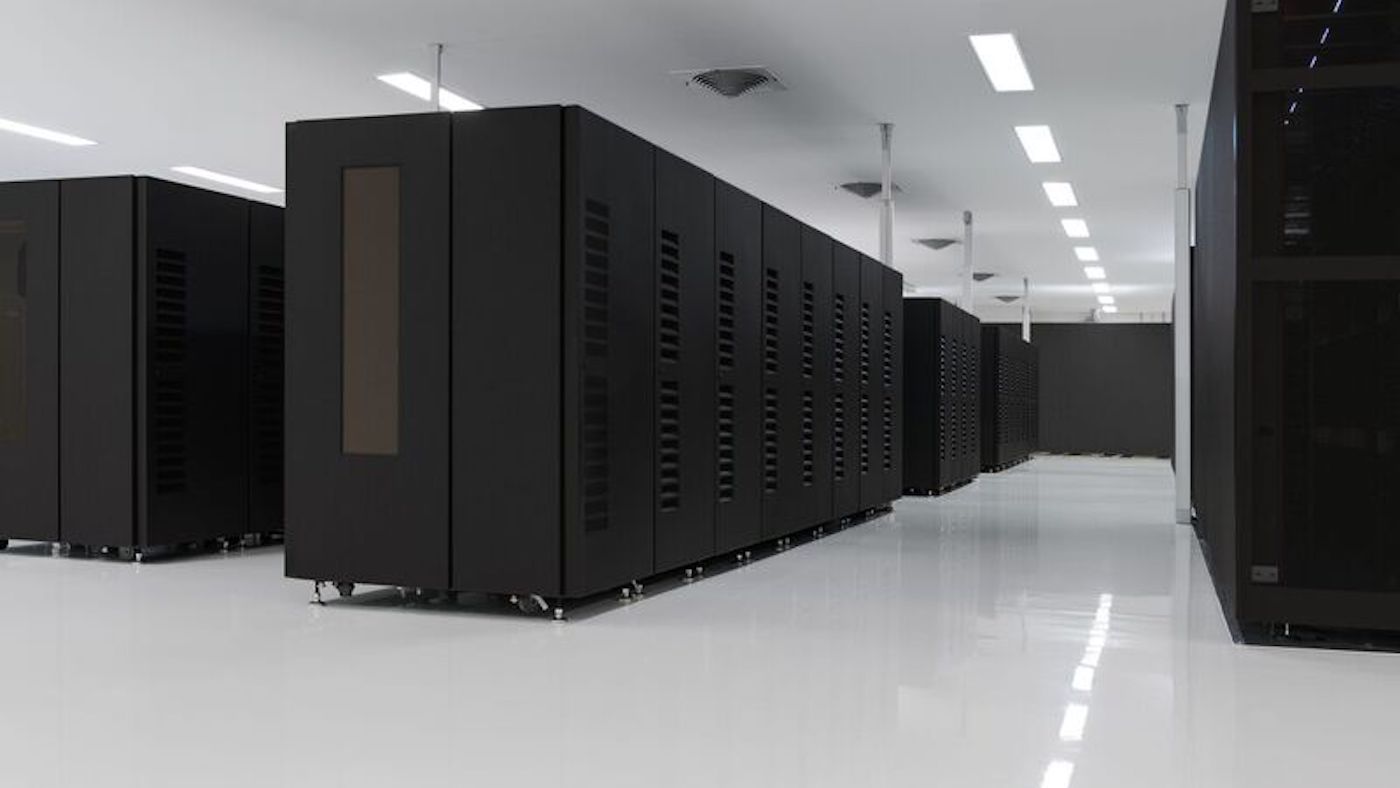Green and Affordable: Reducing Electricity Costs by Archiving Data on Tape
Do you need to store data in the long-term? Then save electricity and CO2 emissions through tape technology, as recommended by Melina Schnaudt from FUJIFILM.
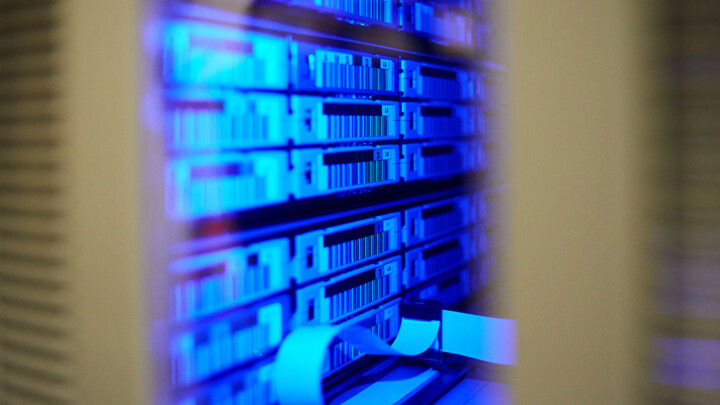
© Stefan Dinse| istockphoto.com
Man-made climate change can no longer be denied. Even more: it is progressing faster than originally thought. According to the IPCC, global greenhouse gas emissions must fall immediately if the goals of the Paris Climate Agreement are to be achieved. By 2050, net global CO2 emissions must have been reduced to zero.1 This means that all greenhouse gas emissions caused by humans must be removed from the atmosphere through reduction measures so that the Earth’s climate balance returns to zero. This would make humanity climate neutral and stabilize the global temperature.
CO2 emissions are particularly high in the IT and telecommunications industry, even twice as high as in the aviation industry, as calculated by the Boston Consulting Group.2 To delve into more detail: data centers as well as complex raw material and production chains are currently responsible for three to four percent of global CO2 emissions, while air traffic accounts for two percent. While the aviation industry is working to reduce CO2 emissions through more modern machines, the IT sector’s share will rise sharply due to growing data traffic and could reach 14 percent of global CO2 emissions by 2040.3
But there is a way to significantly reduce CO2 emissions in the IT sector and at the same time significantly lower the company’s costs. Because being ecological does not have to mean expensive. The IT sector, or more precisely the field of data archiving, should consider more opportunities to save electricity and CO2 emissions through tape technology.
How to lower CO2 emissions in the IT sector
Archiving is synonymous with an accumulation of stored data because, in contrast to short-term backup, no data is deleted or overwritten. According to legal rules and regulations, archival data must be stored in such a way that it can be accessed at any time, whether it is after three months or 30 years. Both together lead to the fact that enormously large amounts of data accumulate quickly. Preparing storage for these large amounts of data is costly. Many companies would like to do business more ecologically, but shy away from the costs involved in doing business in a more environmentally friendly way. Hard disks are well-used for short-term backup because of faster access times, but by using tape storage for long-term archive instead of hard disks, this goal can be achieved: Businesses can significantly improve their environmental footprint and reduce costs at the same time. Because wherever large amounts of data need to be stored long-term, tape media offer a way to drastically reduce electricity costs for saving data.
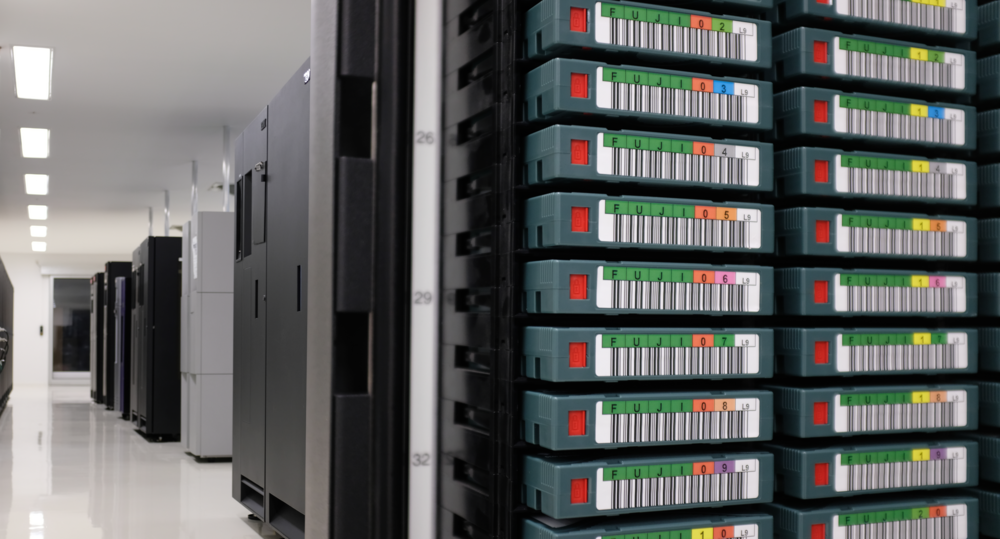
When we look at the most recent studies by IDC, it becomes apparent as to how urgent a cost-effective solution for archiving data currently is and will become. While the independent market research and consulting company still assumed in 2019 that the amount of stored data would increase to 7.5 ZB by 2025 and double every two to three years by 2025, in a study in 2021, IDC already predicted a data volume of around 17 ZB to be stored in 2025.4 The growth is driven by IoT, analytics, 5G networks and the video sector, but the automotive sector with its plans for autonomous driving is also contributing to immense data growth. Much of this data is unstructured and, as it ages, it is rarely accessed. Industry analysts estimate that up to 60 - 80 percent of stored data is rarely accessed.5 Moving this cold data to tape storage offers a huge opportunity to reduce electricity costs and CO2 emissions.
Unlike hard disks, tape technology consumes hardly any power except during the writing and reading process. Hard disks, on the other hand, need to be both powered and cooled around the clock because the stored data must be constantly validated and, if necessary, rewritten due to permanent demagnetization to prevent data loss. If the data is stored on tape, no electricity is required for its further storage. The written tape can simply be stored in the safe or remain in the library – the data remains safely stored. Since no heat energy is generated accordingly, much less cooling is required.
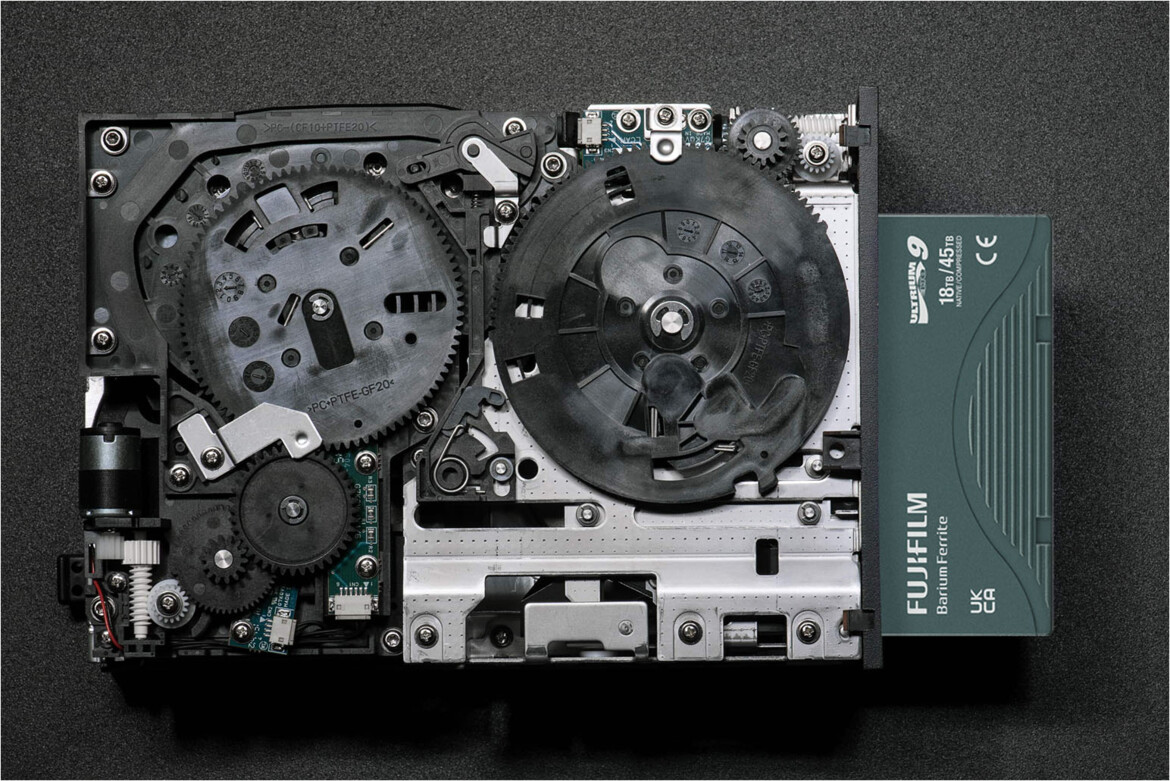
Almost all of the energy consumed by a hard disk is converted into heat. According to recent studies, it can be assumed that around 27 percent of the energy required by data centers across Europe was spent on cooling and air conditioning in 2020.6 Electricity consumption for cooling alone thus causes about 3.5 million tons of CO2 emissions, roughly the amount produced by burning 1.33 billion liters of diesel. By 2025, the energy demand is expected to increase to 16.4 TWh,7 which in turn would correspond to 5.6 tons of CO2. To absorb this increase, another medium-sized coal-fired power plant would be necessary.
For this reason, energy-hungry server and HDD (hard disk drives) farms try to transfer as much data as possible in hyper-scale data centers to tape in order to minimize energy consumption. As a result of these demands, tape can become a pressure relief valve for unabated data center expansion.
How the evolution of tape technology leads to lower CO2 emissions
Over the past 10 years, tape technology has evolved tremendously. In 2014, the capacity for a tape of the LTO6 generation used at the time was 2.5 TB. With the latest generation, LTO9, the capacity is already 18 TB per tape, 7.2 times as much. At the same time, the transfer rates have improved significantly. For example, LTO6 offers a native transfer rate of 160 MB/s, LTO9 already have a transfer rate of 400 MB/s. The technology is continuously improving so that, in another ten years’ time, tape will have a native capacity of more than 100 TB. Since power is only consumed during the write and read processes, faster backup times inevitably lead to less power consumption and, in turn, lower CO2 emissions.
As we can see, moving to tape has huge benefits for a company, regarding both sustainability and financial aspects, and magnetic tape is the eco-friendly choice for data storage. Compared to other traditional technologies in data centers (such as HDDs), tape can drive a reduction in carbon emissions of as much as 95 percent.8 According to IDC projections, by migrating global data storage to tape, the annual CO2 reduction by 2030 is 43.7 percent, with the potential to avoid a cumulative 664 million metric tons of carbon emissions between 2019 and 2030.9
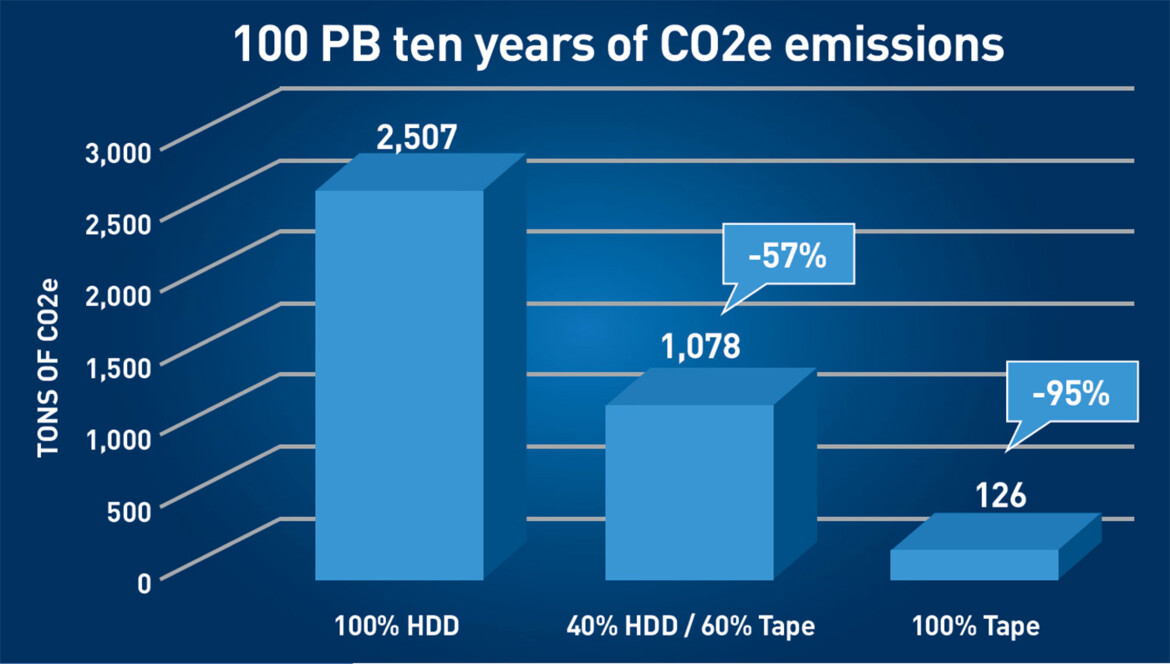
Figure 1: Ten-Year CO2e emissions. Source: Brad Johns Consulting, LLC, 2021: Improving Information Technology Sustainability with Modern Tape Storage
According to the IPCC’s 2021 World Climate Report, there is only 300 billion tons of CO2 left globally if we still want to meet the 1.5-degree target.10 The migration of cold data to tape would thus make a major contribution in achieving this goal.
References:
1. https://www.tagesschau.de/wissen/klima/weltklima-bericht-ipcc-101.html
2.https://www.bcg.com/press/24june2021-telco-sector-game-changer-sustainability-shrinking-carbon-footprints
3. Ibid
4. Brad Johns Consulting, LLC, 2021: Improving Information Technology
5. Ibid
6. Holger Nicolay, 2021, https://www.funkschau.de/datacenter-netzwerke/wie-kuehlung-die-energieeffizienz-verbessern-kann.189839.html
7. Fraunhofer IZM, Borderstep Institute (2015). "Entwicklung des IKT-bedingten Strombedarfs in Deutschland – Abschlussbericht – Studie im Auftrag des Bundesministeriums für Wirtschaft und Energie Projekt-Nr. 29/14"
8. Ibid
9. IDC, 2021: Accelerating Green Datacenter Progress with Sustainable Storage Strategies
10. IPCC, 2021: Climate Change 2021: The Physical Science Basis
Since 2018, Melina Schnaudt is coordinating EMEA-wide communication about the developments of tape technology and the data archiving at the office located in Kleve. At the moment, she is developing content on new fields of tape technology, such as the ecological footprint of tape and the future challenges for data archiving.
Please note: The opinions expressed in Industry Insights published by dotmagazine are the author’s or interview partner’s own and do not necessarily reflect the view of the publisher, eco – Association of the Internet Industry.


